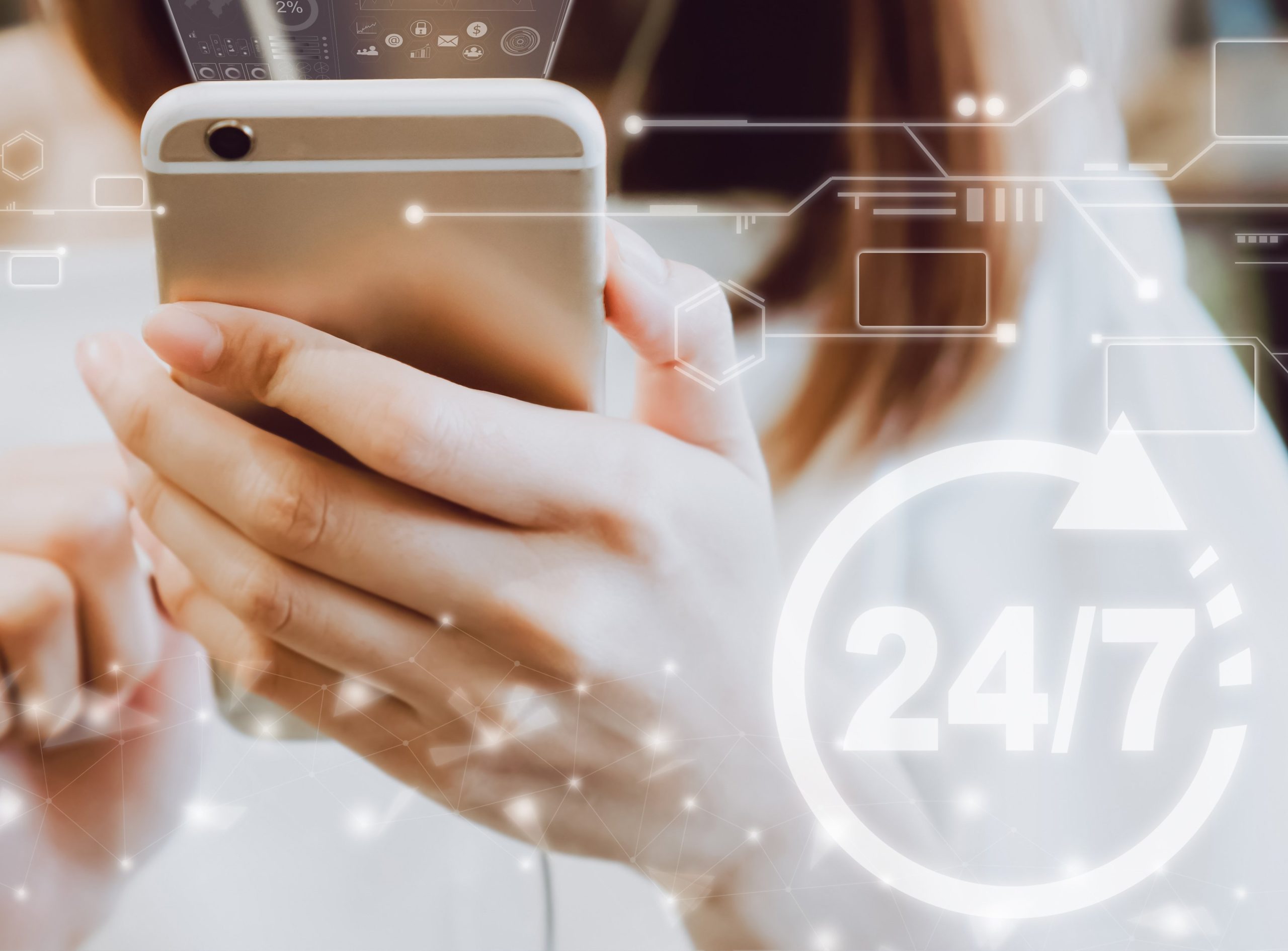Interactive Voice Response systems have been around for a while now – and they have improved greatly from the early days of operation. No longer do companies have to worry about inaccuraccies and slow processing times with IVR technology. The robust IVR systems of today have lead more and more companies to adopt Interactive Voice Response (IVR) for various customer service related needs.
The question becomes, Can Interactive Voice Response benefit your company? 
A natural technology to incorporate with IVR was electronic payments; card not present credit card and eCheck transactions. These IVR payments can alleviate loads of human customer service time spent on taking payment information over the phone. Just about every large company in the communication sector, e.g., Cable TV, internet, etc., has adopted IVR for taking payments over the phone. Same can be said for government, both state and even at the local level. Now we’re seeing a push from banks and credit unions in adopting IVR for payment remittance for loan payments.
So where isn’t IVR a good fit for payment remittance? There are still some people who worry about technology and how safe it is. You’re not going to do anything to change their minds. They will still want to mail a paper check in, even though the chance for fraud is actually greater than today’s electronic methods. So at least for now, the old school methods will have to remain an option. But that doesn’t stop a company from employing more efficient payment acceptance methods for the customers that are willing to utilize something like IVR.
Accepting IVR payments is actually a much safer in terms of credit card or bank data fraud than giving that same sensitive data over the phone to a live operator. IVR systems and their connected payment gateways reside on PCI compliant platforms, and no sensitive data ever touches a company’s servers or databases. Instead, sensitive data goes directly to the gateway and the company is returned a reference token that’s useless to any potential hacker or disgruntled employee. There’s no way to make employees who take payment data over the phone PCI compliant.
The more payments remitted via today’s technologies like IVR add the bottom-line profitability. Customer service hours can easily be cut in half – or more. And then there’s hold times with traditional customer service reps taking payments over the phone. Customers don’t like to wait on hold. With IVR, there’s no wait times to get the job done in remitting a payment.
In 2017 the Bureau of Labor Statistics reported that the annual median pay for a customer service rep was $32,890. IVR systems can do the work of many customer service reps. How much does your company stand to save by implementing IVR payments?


